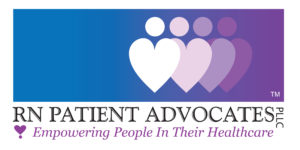Always tired and wondering why? Need lots of caffeine to keep going? Lots of stress in your life? What’s going on here?
You might be experiencing a condition known as Adrenal Fatigue or non-Addison’s hypoadrenia and it is diagnosable and treatable. The previous post explaining your Adrenal Gland and its importance mentioned a hormone it produces called cortisol. Cortisol (which is produced from cholesterol) gives us energy in the morning, helps to keep us going during exercise, daily work and stress. It is the “fight or flight” hormone, or what gives us the “shivers” in near accidents in traffic. When you...


